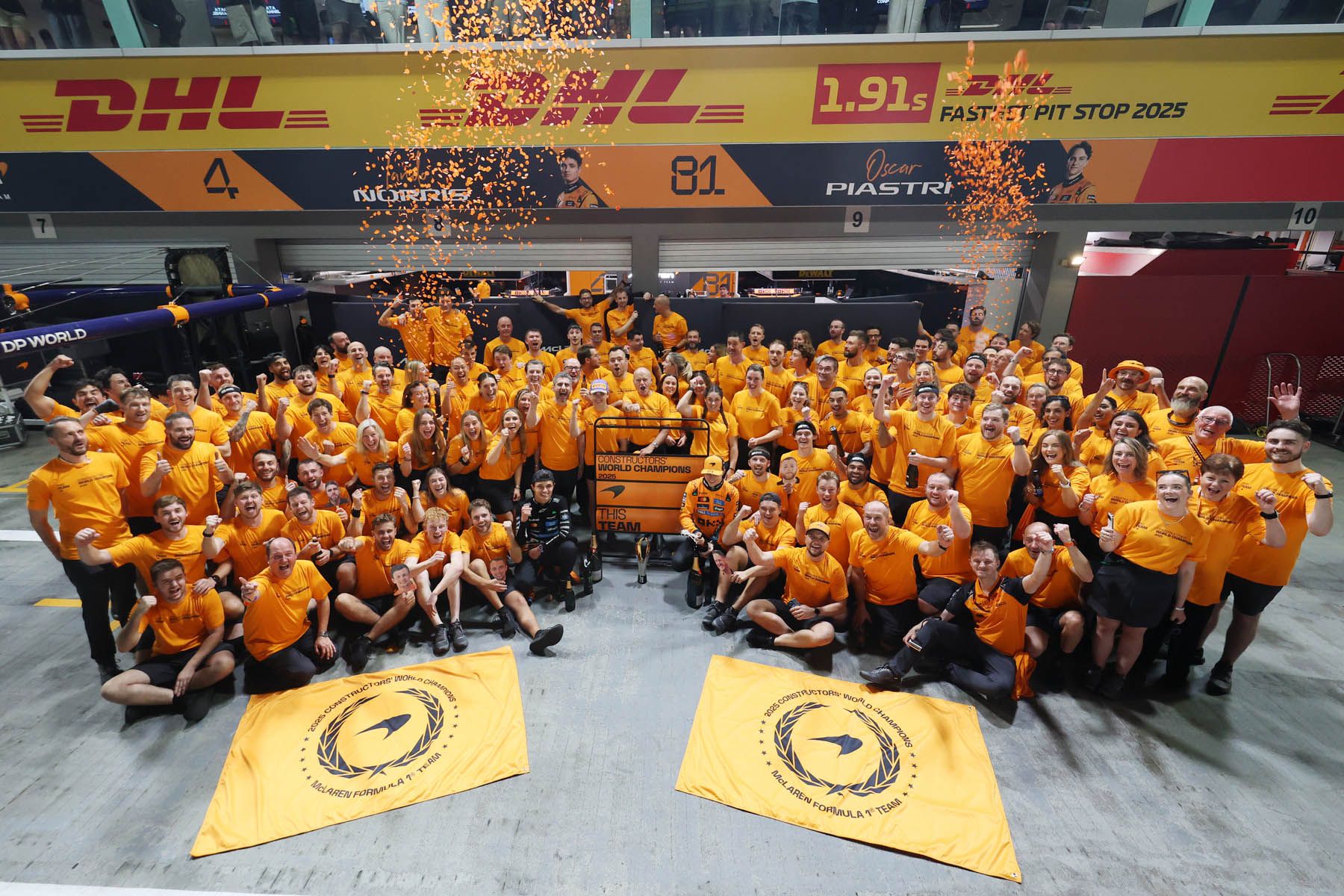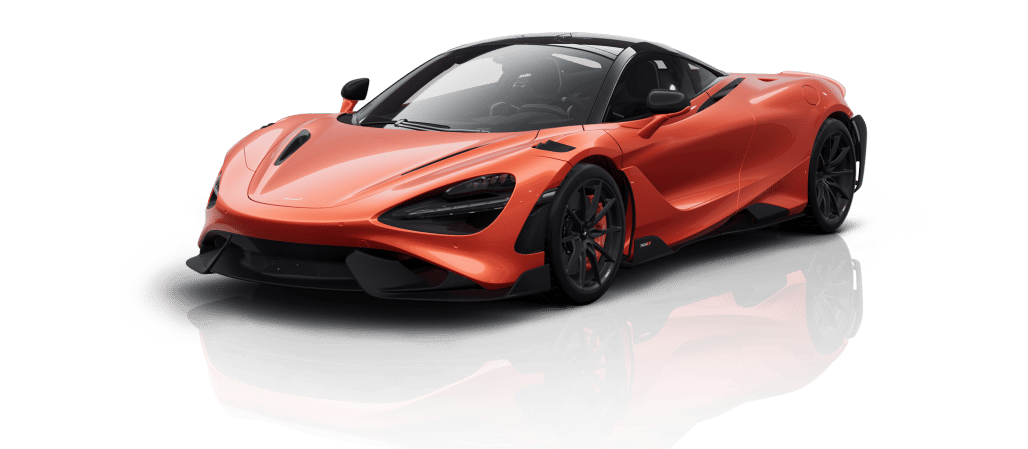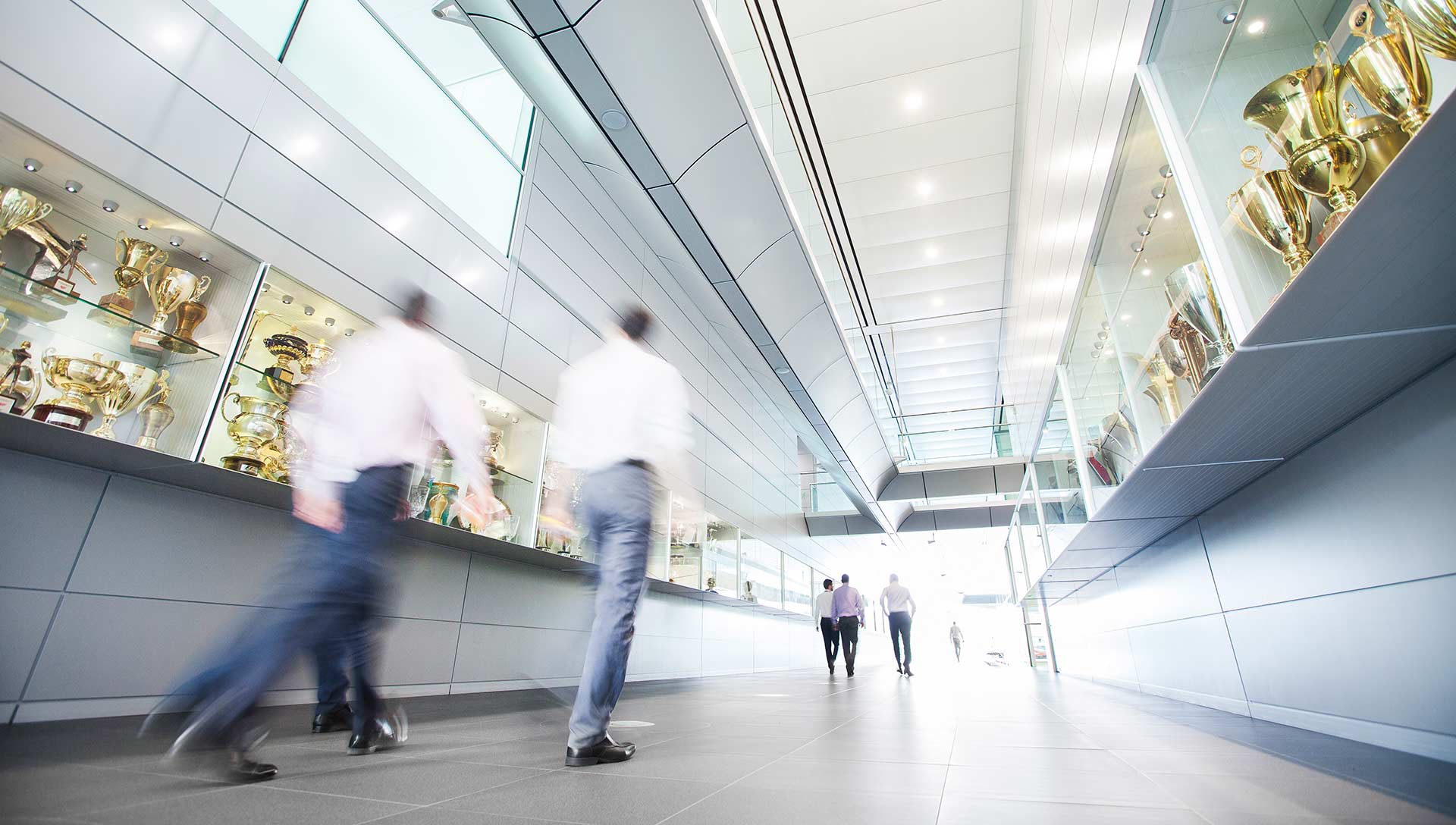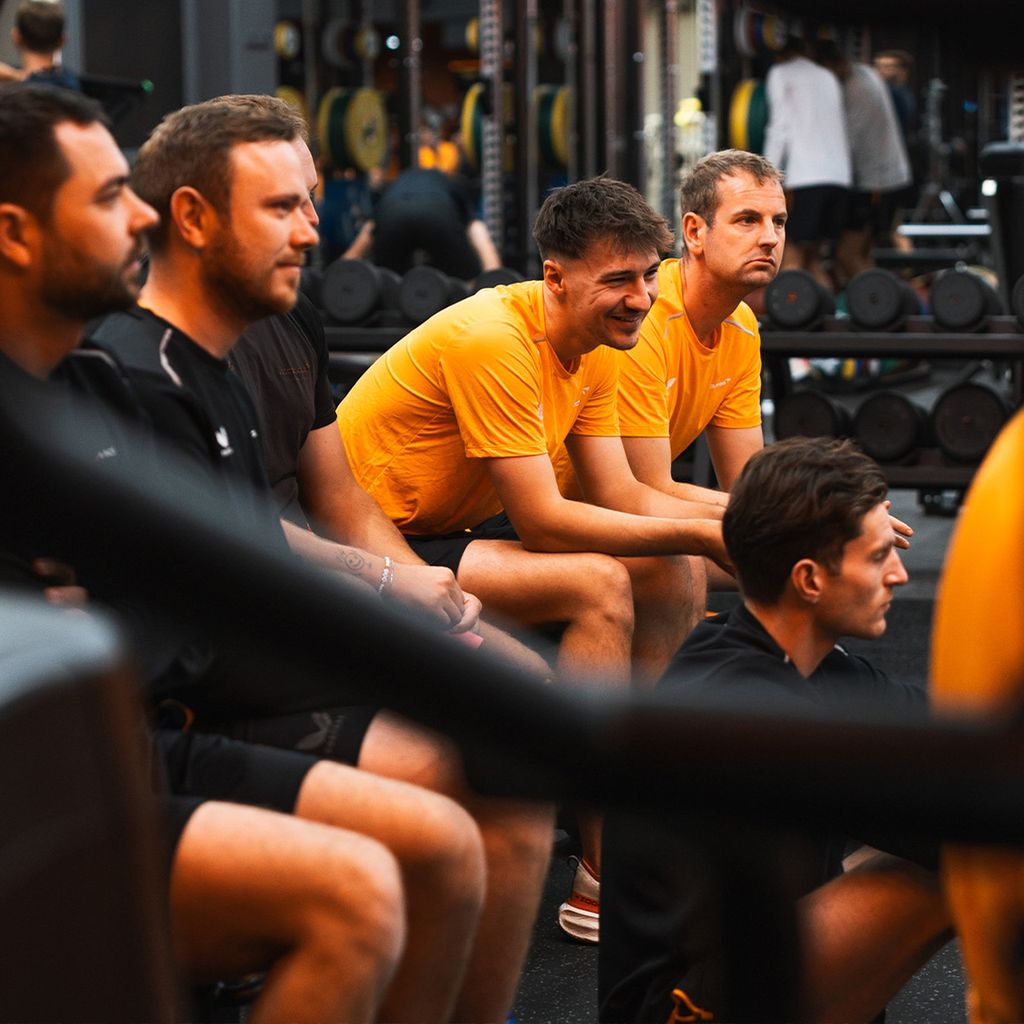
How to recover like the McLAREN Formula 1 Team – presented by Technogym
Fatigue is an ever-present risk during a modern F1 season, so recovery is key to our team delivering their best all season long
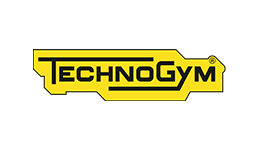
Read time: 9.5 minutes
It’s a long season, and fatigue seeps into even the fittest, most enthusiastic teams. In its final weeks, the Formula 1 calendar visits South-East Asia, North America, South America, North America again and finally the Middle East.
Maximising marginal gains across the team during this period, when the grid is tired from a long season, can be a major performance differential – easy to say, difficult to do, and a driving force behind creating the Optimum Nutrition McLaren Performance Hub (ON MPH).
In the first part of this two-part series, with the help of Technogym, we looked at the regime that gets our garage crew into good shape. The companion task is aiding their recovery after a race.
It’s a well-established performance requirement for the drivers, who will spend post-race days on a monitored regime of diet, hydration, and rest, but the crew require similar treatment. A week at a circuit takes a toll on the mind and body. Recovering from races and preventing burnout is key to keeping people fit and healthy and maintaining form throughout the season.
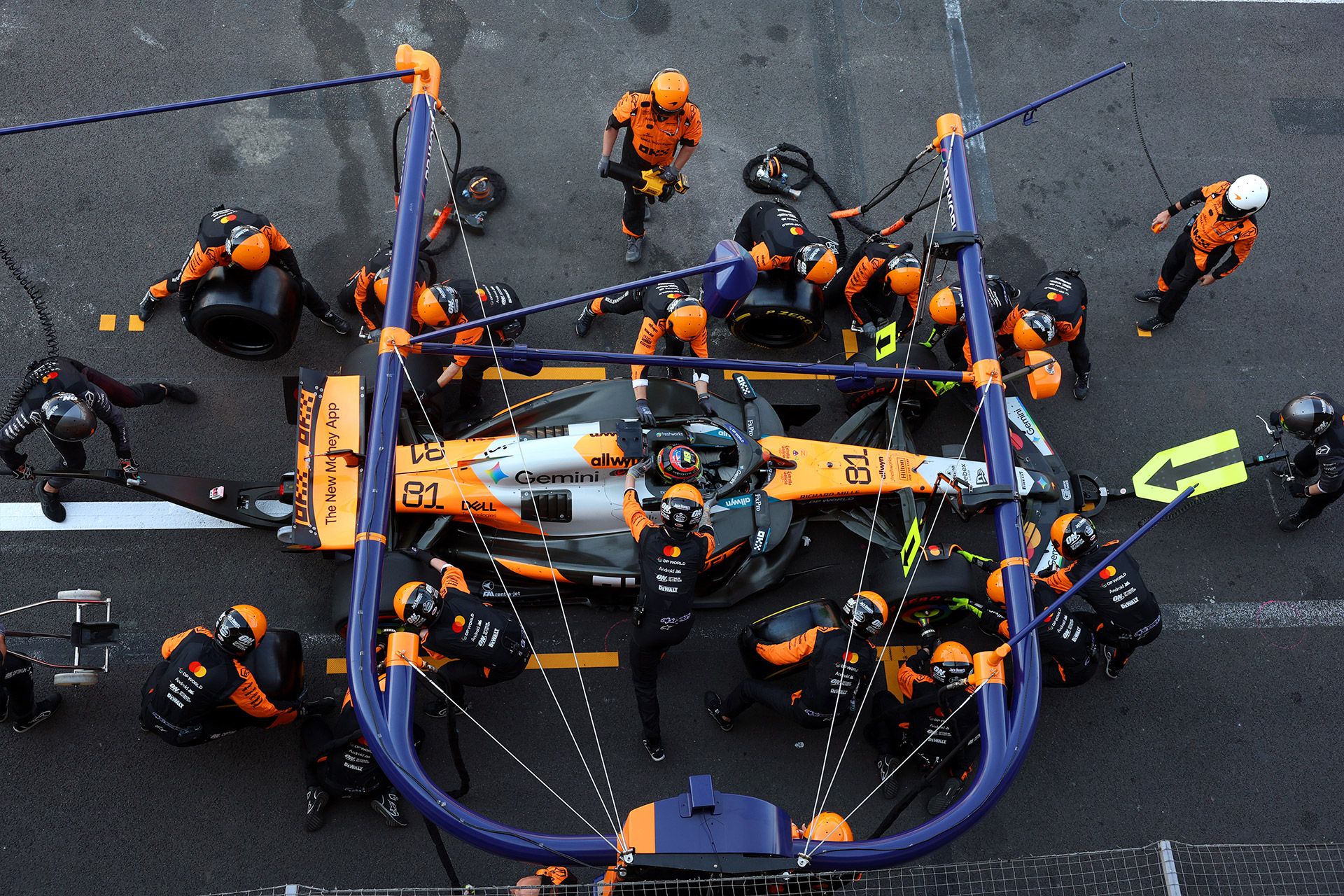
Preventative maintenance
One of the best methods of recovery is, of course, starting the weekend in a better place. Thus, a lot of the focus over the winter is on building resilience to the types of injuries the crew might experience and, to a certain extent, mitigating the issues.
“The most common thing we see, and I imagine this across all of F1 for mechanics, is upper quadrant type pains and injuries – neck and shoulders,” says Emer Acton, Head of Human Performance and Physiotherapy. “It’s purely from load, and so the focus of pre-season is mitigating injuries of this sort. We have the data, so we know what we need to target, and like any elite sports team, this is what we address.”
Data driven
Work done over the winter in the ON MPH links into the downstream recovery effort. The Technogym Biostrength REV line is an important rehabilitation tool and a game changer for injury prevention. It’s used at the start of the year when the crew is being screened for pit stop roles, and there are quarterly re-tests after that. It gives everyone a guide to where their fitness was and how it is changing, but beyond a personal gauge, it helps the human performance group plot highly sophisticated rehab.
“They allow us to gauge the rate of force development of a muscle when we're looking at rehabilitating tendinopathies,” says Emer. “There’s a lot of jargon in that statement – but basically, it means we understand how the muscle is moving, how strong it is, and how long it can hold a load. That makes a big difference – it isn’t something you get in a normal gym. It means we can be specific with our dosing of rehab, and targeted in our exercise programmes.”
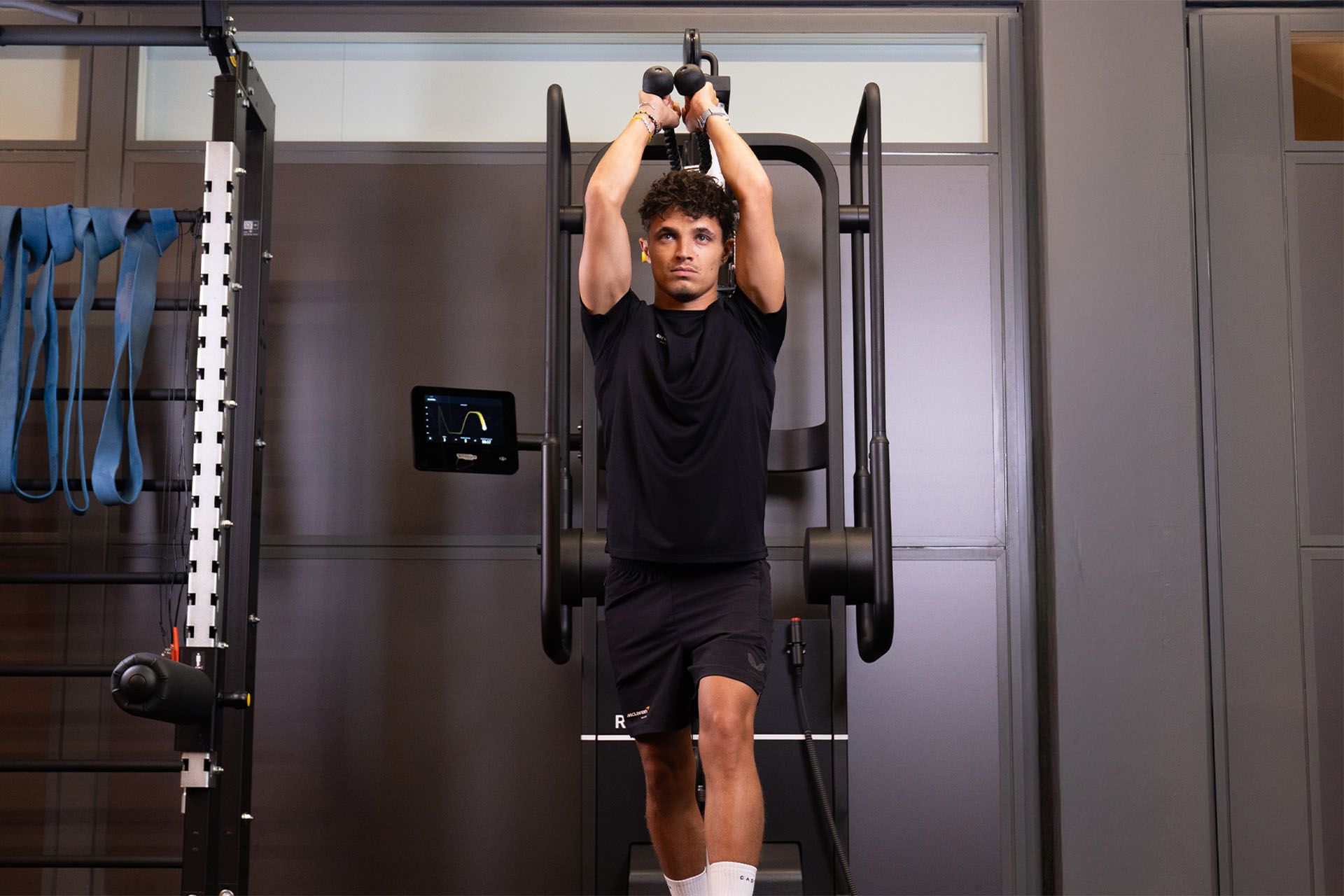
Active Recovery
It’s tempting to assume recovery means putting your feet up with a cup of tea, but that’s certainly not the case. Part of the process is the gentle warm-down exercise routine. F1 isn’t like a football match: the crew can’t go out to run the track after the spectators have gone home because Sunday night requires a high-intensity pack down of 30 tonnes of garage kit, but back at the factory, there is a programme to accelerate the recovery process.
“We offer recovery sessions in the ON MPH,” explains Emer. “Active recovery, we know from the literature, is extremely beneficial. We recover better if we do low-level activity: it increases blood flow and helps our body recover quicker. Cognitively, it sharpens our mind.
“We offer classes on a Wednesday and a Thursday for any travelling teams. We do them on the road as well, especially on long hauls, right from when we land. They’re well attended - it tends to be the people who may feel they wouldn’t do it themselves in their own hotel room, because it’s hard to do it when you’re tired. It’s part of the culture shift. The attitude towards active recovery - looking after ourselves and engaging in exercise - has changed entirely.”
Each team member also has access to the Technogym App, allowing them to continue their exercise and recovery routines whether they are at the ON MPH, at home, in their hotel room, or outdoors, providing workouts that can be adapted for bodyweight exercises or with the equipment available.

Body, but also mind
Working the body will help with recovery, but there’s also a mental component to it. Even in the best, most successful, most exciting seasons, a degree of emotional weariness will creep in. This is a different, though linked, area of recovery for human performance.
“There is a limit to how much you can mitigate fatigue, and so you are also trying to make people resilient to it,” says Tom Stallard, Director of Human Performance. “This is where people like [Team Psychiatrist] Dr Phil Hopley come in to help people build mental resilience, while [Medical Director] Dr Justin Hughes and Emer help a lot. They look after the physical side of things, but they’re also skilled at reading people and providing emotional support where needed.”
Trackside, the human performance group are fully integrated with the rest of the team. At the European rounds, they share office space in the race trailers, behind the garage, and below the race base – but they’re rarely seated. The work is in the garage and workshops, in the tyre bay and pit box. There are group fitness sessions across the race weekend, but perhaps more importantly, a general presence. That might be simply handing out water bottles or it could be conducting individual assessments and injury tracking, but there’s always a conversation.
“What they’re good at is seeing that a person who’s normally very positive, one day just isn’t,” explains Tom. “In those circumstances, an intervention doesn’t have to be a medical intervention: it might be making them a cup of tea, or handing them a chocolate bar. In a lot of cases, things like this, simple though they are, can be very effective – so we try to look at the issues in a holistic way.”
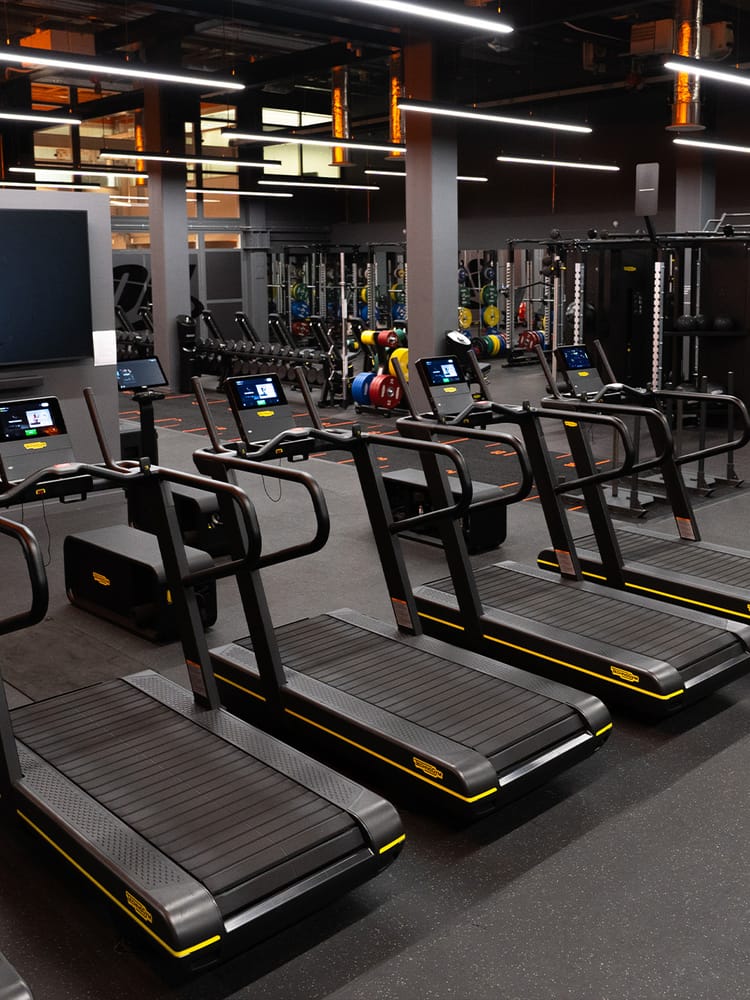
Technogym x McLAREN Racing
On this topic, there’s a lot of discussion about building robustness, and the value of education. The ideal is a team that can self-manage, either individually, or as a collective. Thus, time is spent developing an understanding of what will combat tiredness.
“This is empowering people to take control of their own health,” adds Emer. “This is an environment where you’re tired and jet-lagged and under pressure, you don't know where you are, and that can feel quite overwhelming. We’ve tried to take that out of the equation by giving the crew the tools they need, through education, to be better able to cope with what a year in F1 throws at them.”
It used to be the case that managing fatigue was something that could only be demonstrated by its failures, but the data-driven nature of the modern F1 environment, and particularly the Technogym kit in the ON MPH, reverse that. The team now have an excellent ability to track fitness across the year and get a better level of insight into overall health.
At an individual level, we can never prove that a well-executed weekend is down to having a fitter, healthier, more alert crew, but string enough of those together, and there’s no doubt within the team that this is what’s happening.
Related Articles
Latest News
How to train like the McLaren Formula 1 Team – presented by Technogym
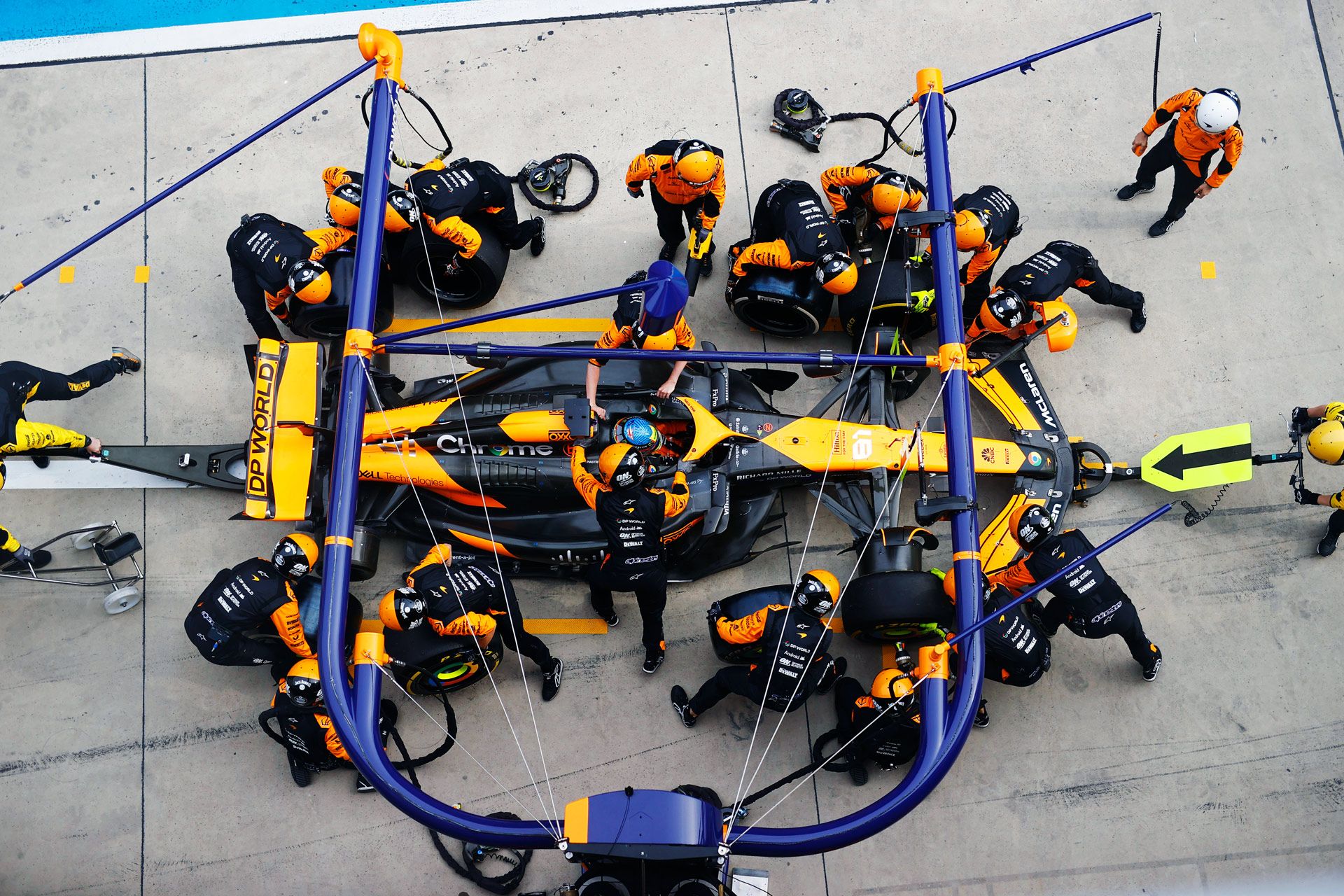
Rotation, role selection, and plenty of practice: Behind the scenes of a well-executed pit stop
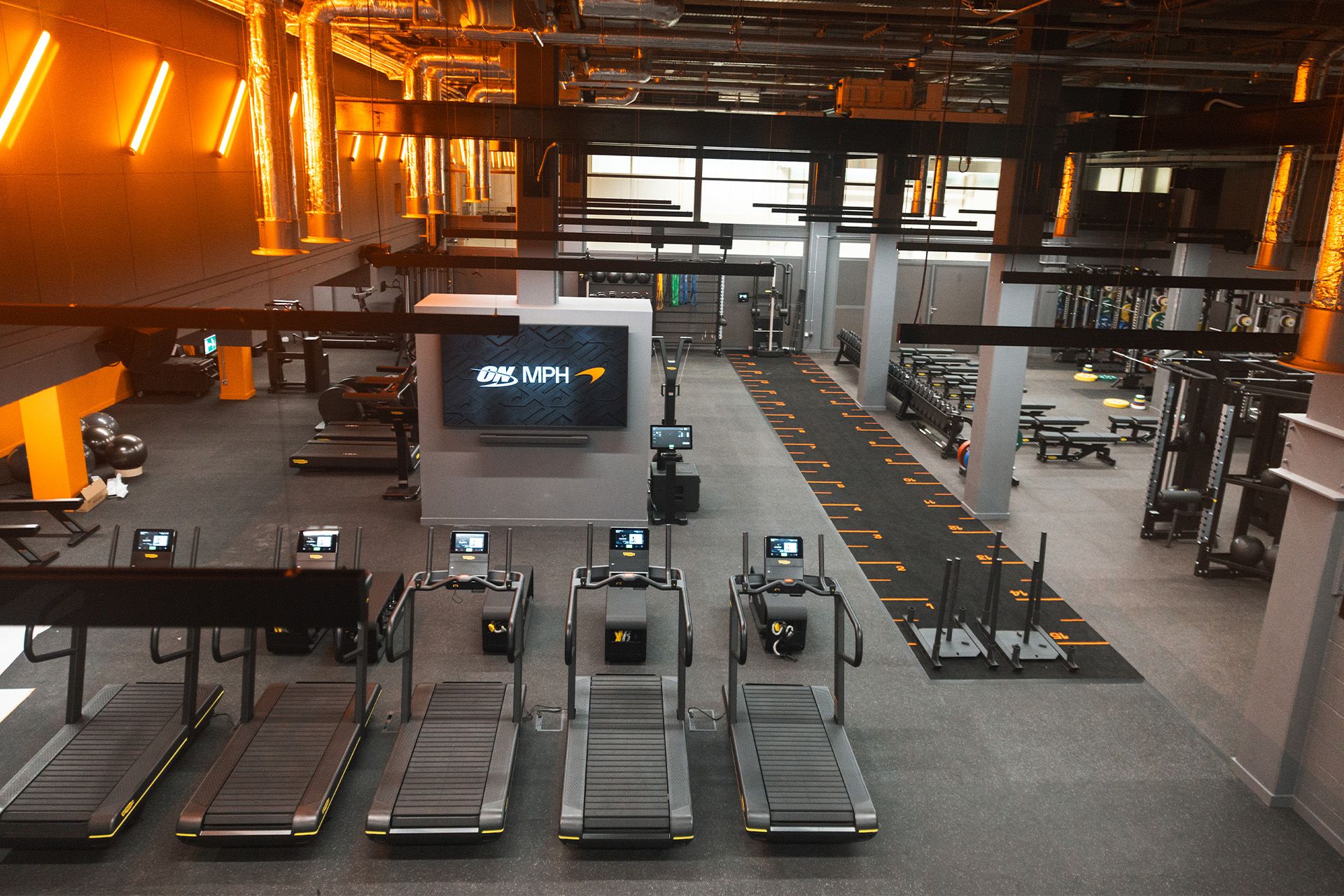
McLaren Racing unveils state-of-the-art Optimum Nutrition McLaren Performance Hub
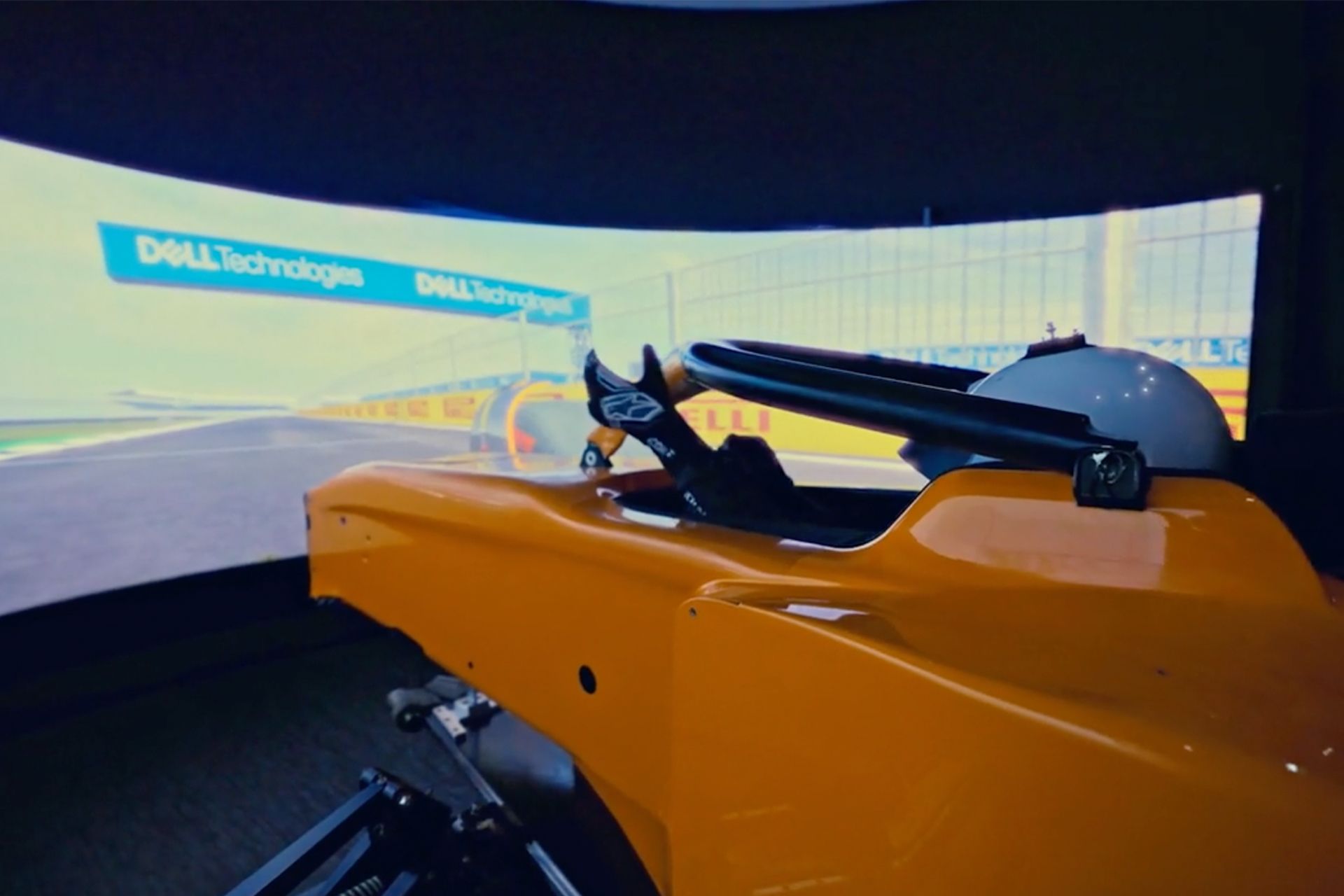
A day in the life of a McLaren F1 Team Test and Simulator Driver
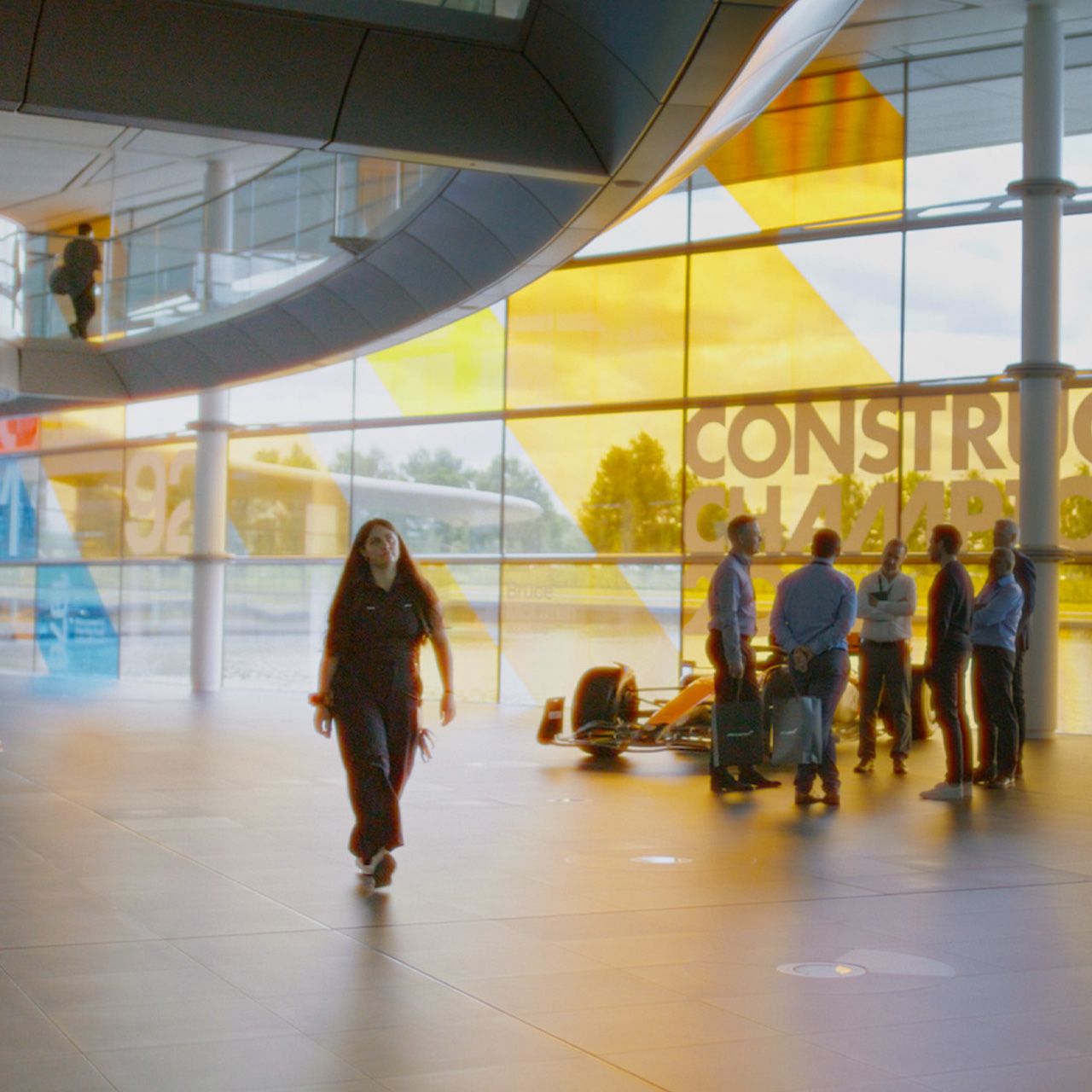
A day in the life of an F1 Trackside Reliability Engineer
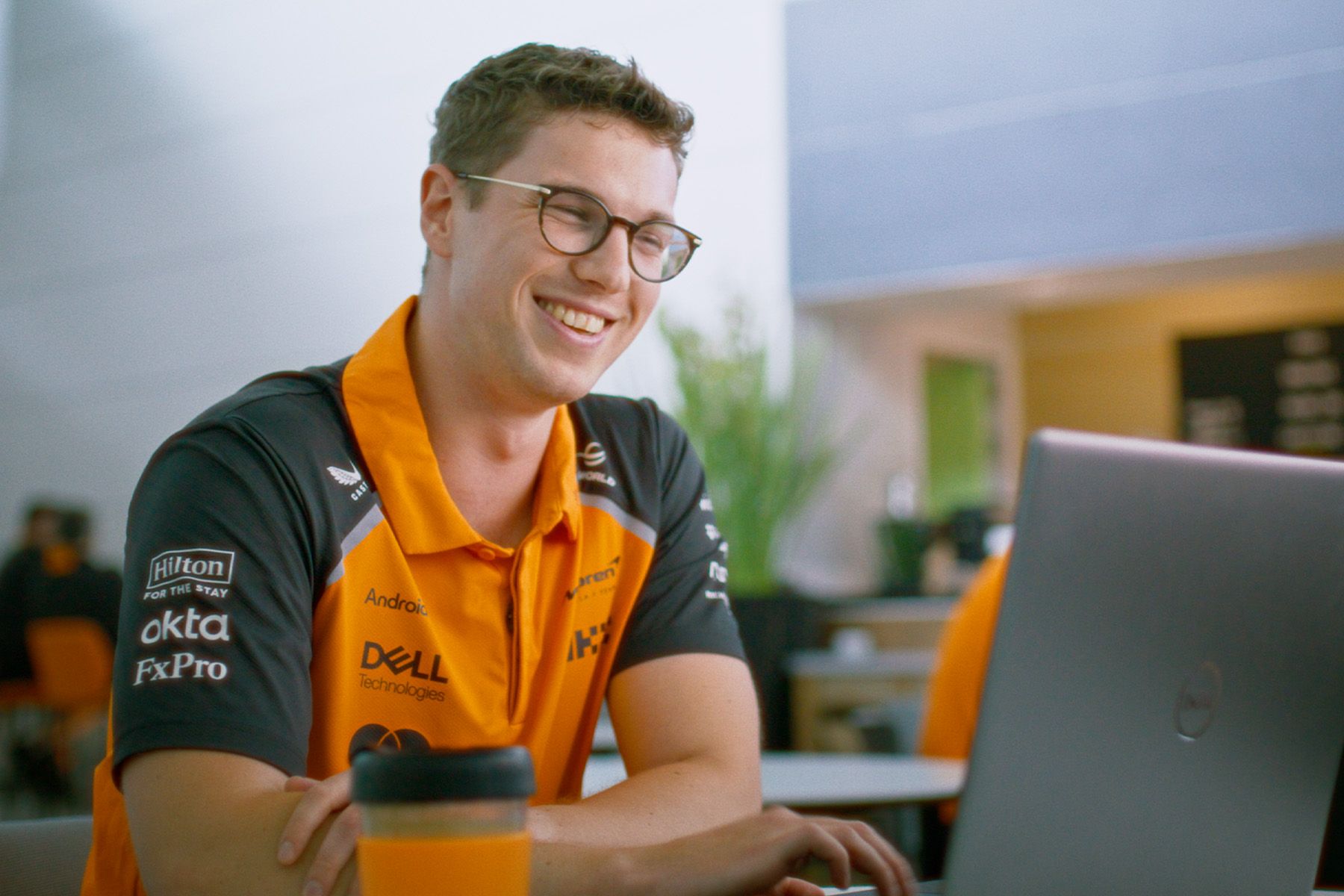
A day in the life of an F1 Data Scientist
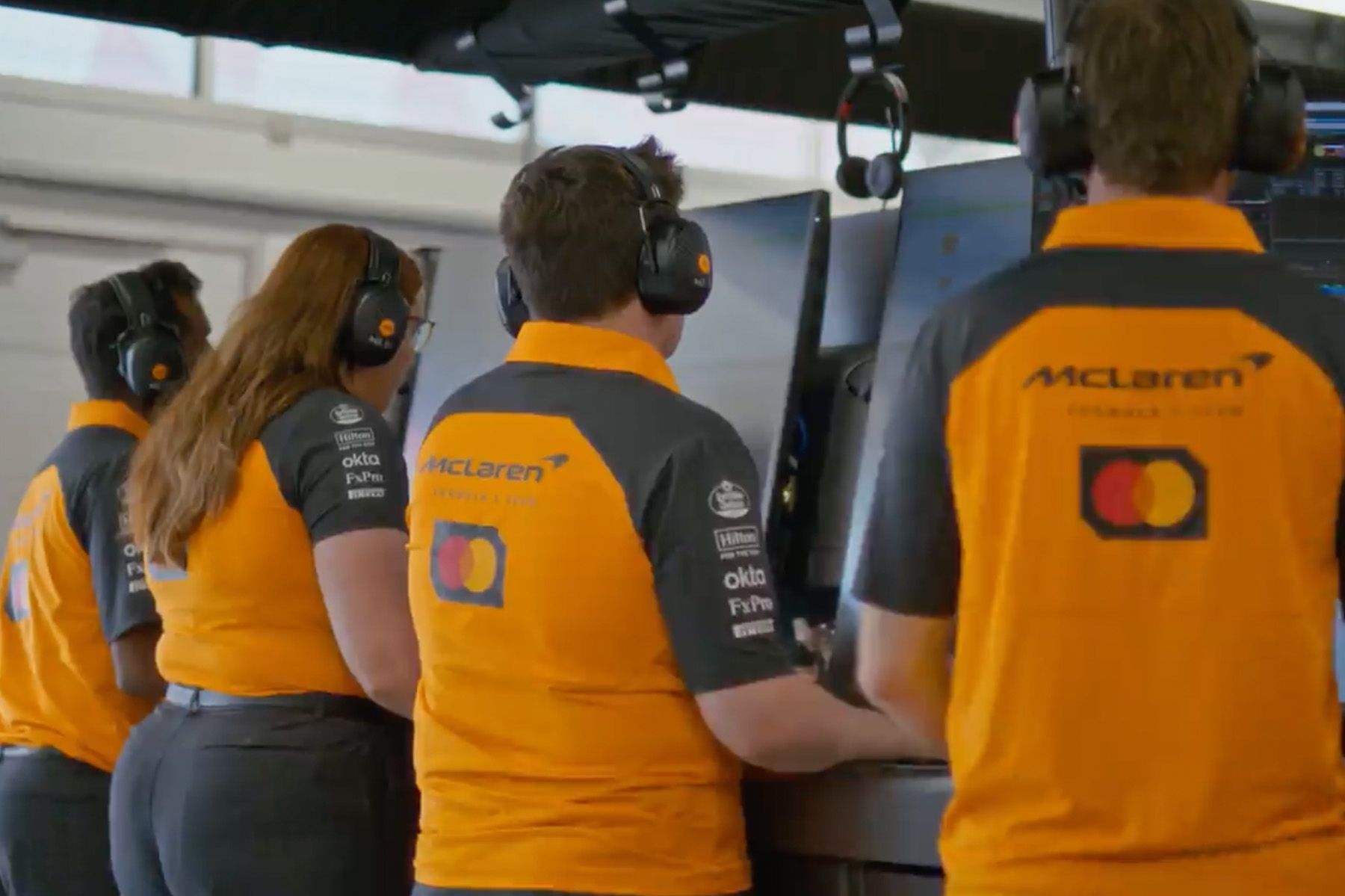
A day in the life of an F1 Team IT Operations Engineer
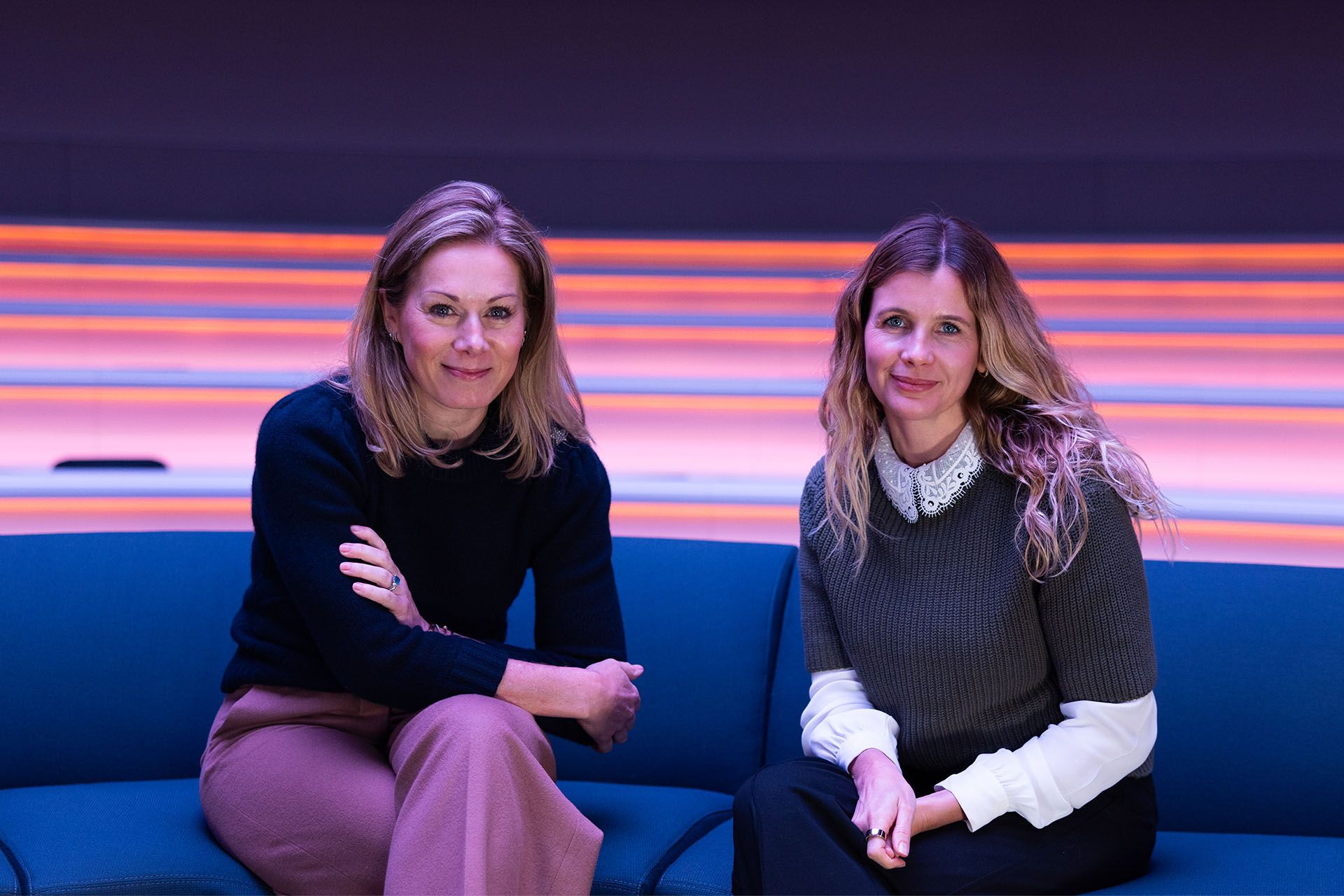
Breaking down barriers and shaping the future: Louise McEwen and Stephanie Carlin on empowering women in motorsport
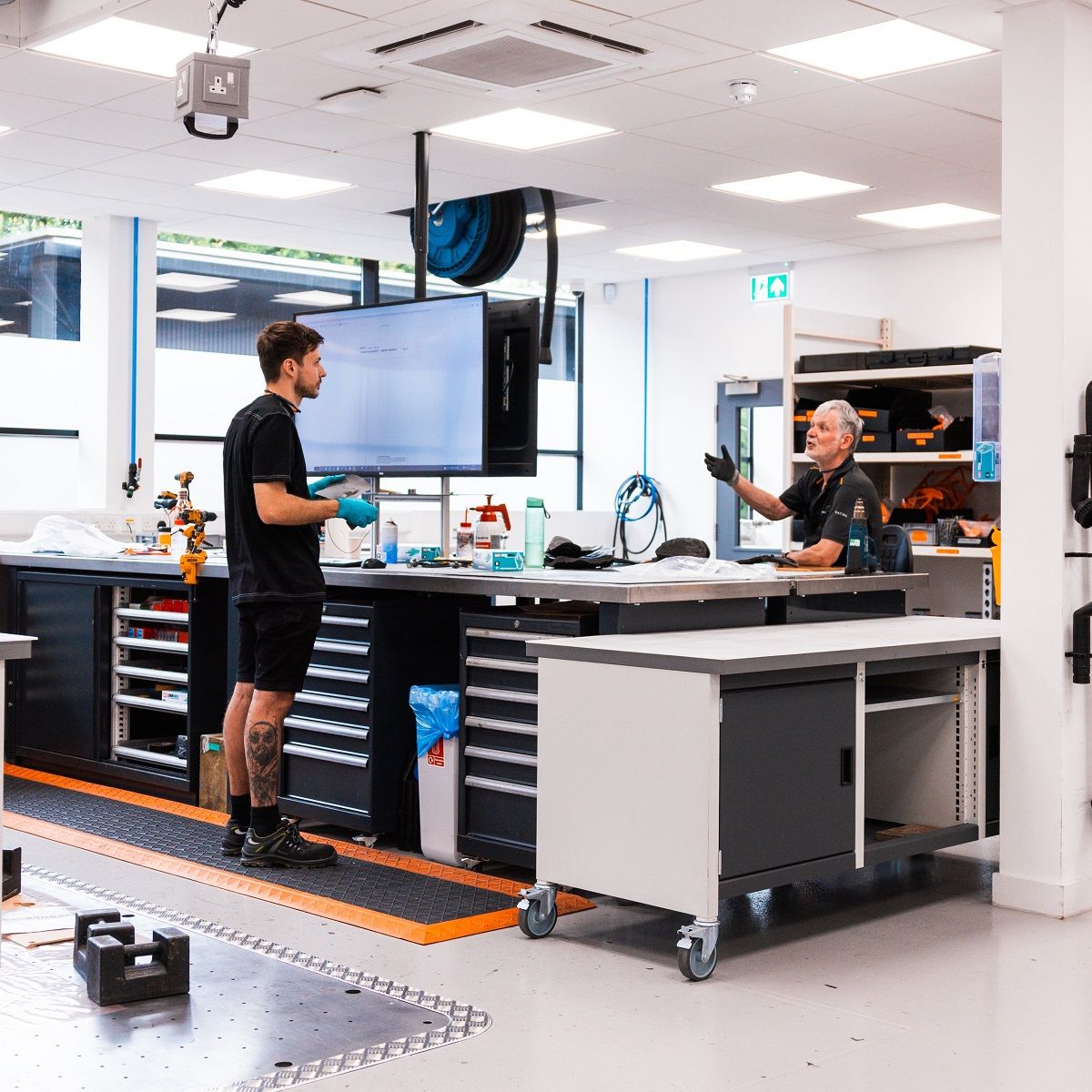
How the new McLaren Racing Composite factory elevated our team culture
